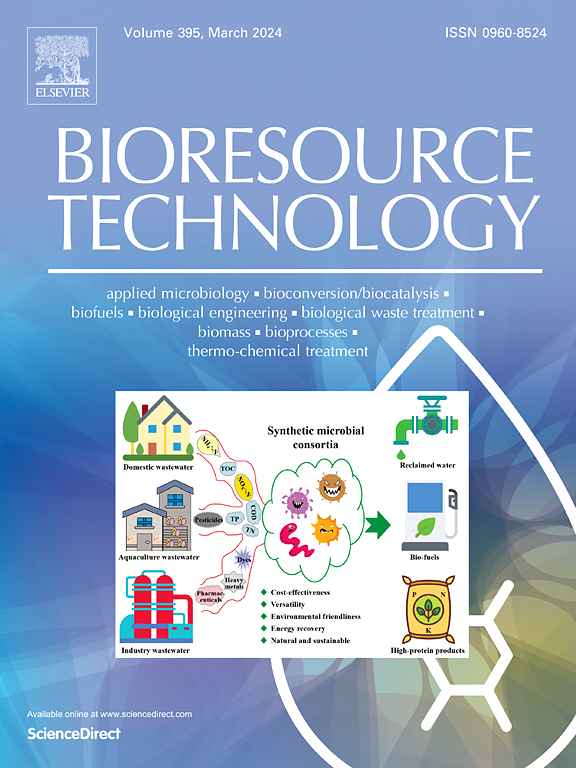Design and supercapacitor applications of nitrogen, sulfur-codoped carbon foam from over-foaming-prone lignin
IF 9
1区 环境科学与生态学
Q1 AGRICULTURAL ENGINEERING
引用次数: 0
Abstract
This study reports a new strategy to regulate the over-foaming of lignin towards carbon foam production. By adding ammonium sulfate ((NH4)2SO4) to lignin during the thermal conversion process, carbon foam precursor with uniform macrostructure independent of heating conditions are achieved. The mechanism between the interaction of lignin and (NH4)2SO4 is discussed, and the resulting nitrogen (N), sulfur (S)-codoped carbon foam exhibits a hierarchical porous structure with compressive strength of 1.5 MPa and several other attractive properties as self-standing electrodes. Benefiting from the continuous and porous carbon network in addition to the N, S co-doping effect, it facilitates efficient electron transport and offers abundant active sites. The L1A2-1000–1-CF electrode in assembled symmetric solid-state supercapacitor device can deliver as high as 9070.9 mF cm−3 at 2 mV s−1. This study provides a facile synthesis of N, S-codoped lignin-derived carbon foam electrodes, highlighting their potential in high-areal capacitance energy storage systems.

易起泡木质素中氮、硫共掺碳泡沫的设计及超级电容器应用
本研究报告了一种新的策略来调节木质素对碳泡沫生产的过度发泡。通过在木质素热转化过程中加入硫酸铵((NH4)2SO4),可以得到与加热条件无关的宏观结构均匀的泡沫炭前驱体。讨论了木质素与(NH4)2SO4相互作用的机理,所得的氮(N),硫(S)共掺杂泡沫碳具有分层多孔结构,抗压强度为1.5 MPa,并具有作为独立电极的其他一些吸引人的特性。得益于连续多孔的碳网络和N, S共掺杂效应,它促进了高效的电子传递,并提供了丰富的活性位点。L1A2-1000-1-CF电极在2 mV s−1下可输出高达9070.9 mF cm−3的电流。本研究提供了一种易于合成的N, s共掺杂木质素衍生的碳泡沫电极,突出了它们在高面积电容储能系统中的潜力。
本文章由计算机程序翻译,如有差异,请以英文原文为准。
求助全文
约1分钟内获得全文
求助全文
来源期刊

Bioresource Technology
工程技术-能源与燃料
CiteScore
20.80
自引率
19.30%
发文量
2013
审稿时长
12 days
期刊介绍:
Bioresource Technology publishes original articles, review articles, case studies, and short communications covering the fundamentals, applications, and management of bioresource technology. The journal seeks to advance and disseminate knowledge across various areas related to biomass, biological waste treatment, bioenergy, biotransformations, bioresource systems analysis, and associated conversion or production technologies.
Topics include:
• Biofuels: liquid and gaseous biofuels production, modeling and economics
• Bioprocesses and bioproducts: biocatalysis and fermentations
• Biomass and feedstocks utilization: bioconversion of agro-industrial residues
• Environmental protection: biological waste treatment
• Thermochemical conversion of biomass: combustion, pyrolysis, gasification, catalysis.
 求助内容:
求助内容: 应助结果提醒方式:
应助结果提醒方式:


